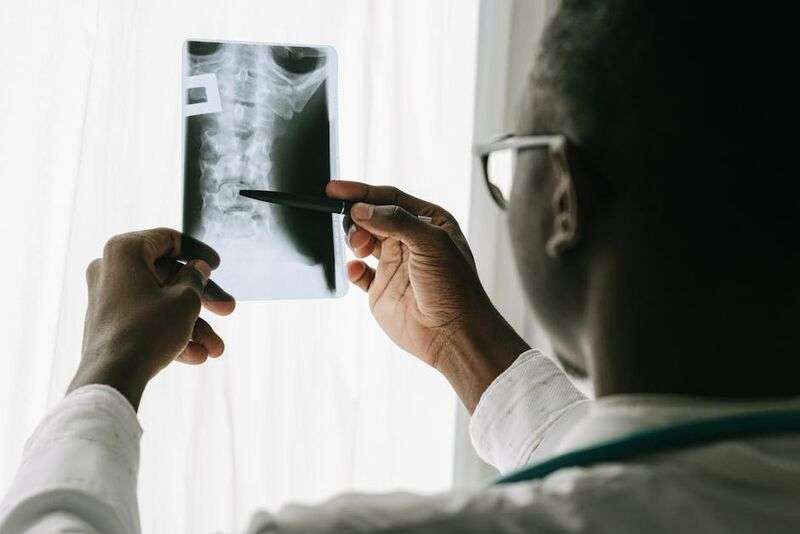By Science Direct –
The management of neurological disorders is profoundly complicated by spinal cord injury (SCI), which leads to the impairment of motor and sensory functions. A major challenge in the treatment of SCI is the formation of a dysfunctional pathological microenvironment characterized by an excessive inflammatory response, deposition of inhibitory molecules, glial scarring, and vascular dysfunction. A thorough understanding of the pathological and physiological changes following SCI is essential to elucidate the mechanisms underlying functional recovery and to develop effective therapeutic interventions. Recent research indicates that the adverse microenvironment associated with SCI can be modified through the implantation of functional biomaterials at the injury site, thereby facilitating axonal regeneration, myelin repair, and functional recovery. Silk fibroin, in particular, has demonstrated remarkable efficacy in SCI reconstruction due to its superior biocompatibility, biodegradability, and tunable mechanical properties. This review provides an overview of the pathological microenvironmental dysfunctions following SCI and explores the potential advantages of silk fibroin in enhancing axonal regeneration and neural circuit formation in SCI repair. The benefits and challenges associated with silk fibroin and its derivatives in facilitating effective SCI repair are examined. This review aims to offer significant insights into the application of silk-based biomaterials for SCI treatment.




